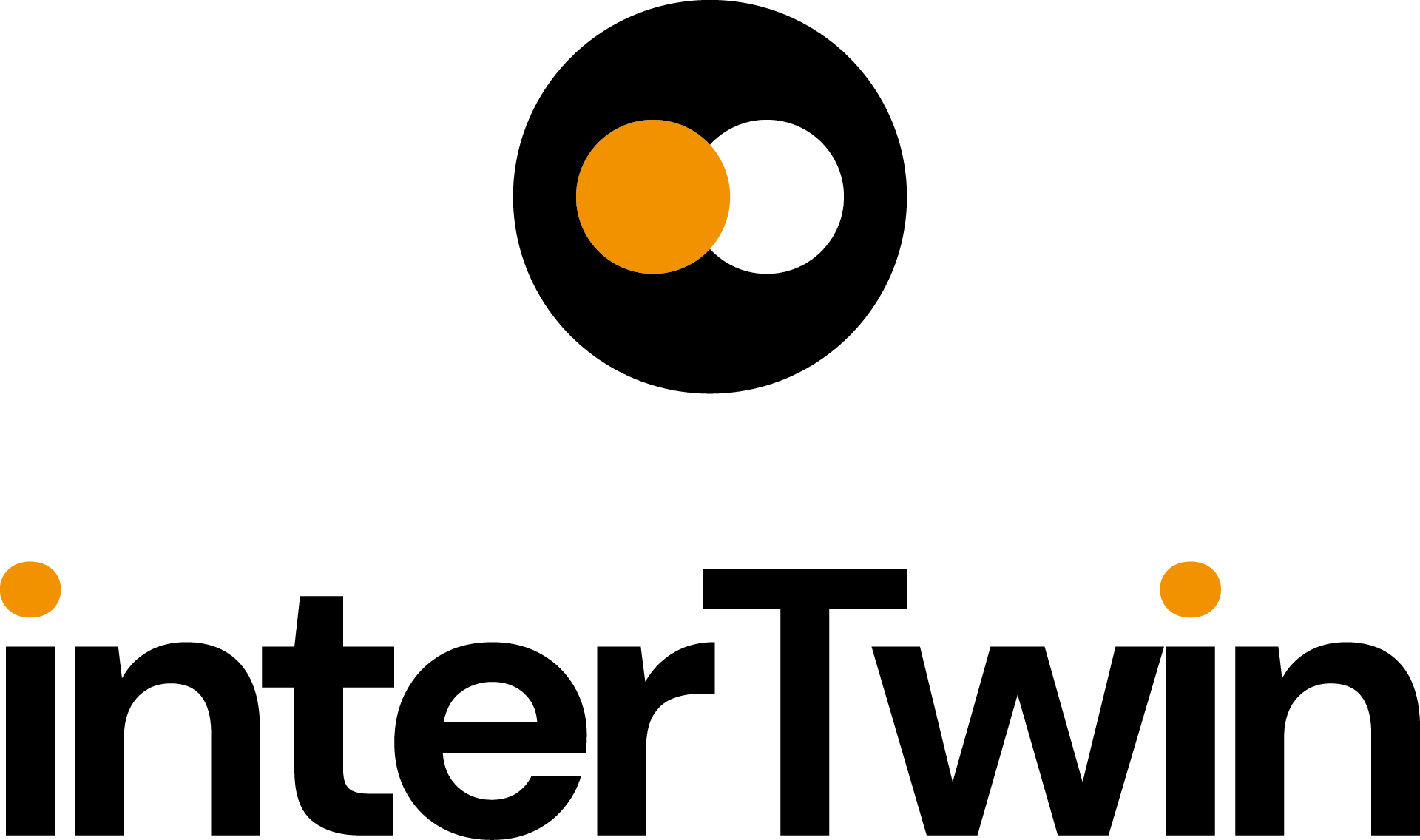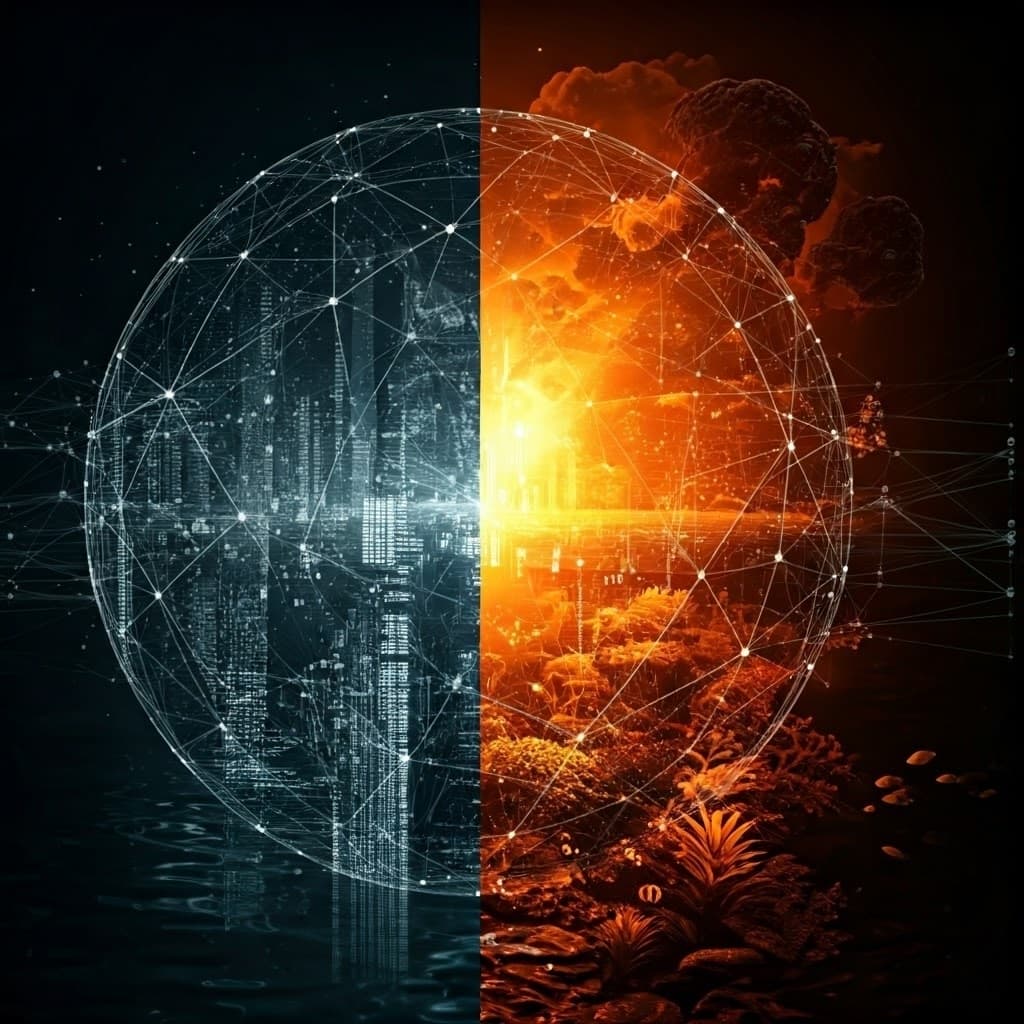Further Research
Key interTwin DTE components and know-how being followed up in several projects (EOSC Data Commons, RI-SCALE, ODISSEE, EOSC Beyond)
Specific components are also backed by further collaborative projects such as ESC EOEPCA+ ESA openEO platform, ESA MOOC cubes & clouds, EFRE CRIMA. openEO has been adopted/collaborating with EODC, IBM, DLR, VITO and Collaborations with European Space Agency, EUMETSAT and Ontopic
Core components such as the Infrastructure Manager, OSCAR and other DTE modules integrated in the US Chameleon Cloud Framework under the DIscover-US exchange. OSCAR and interLink have also been incorporated to VEGA for execution as a result of a joint activity with AI4EOSC
yProv has been integrated in the Ophidia framework, itwinai, SQAaaS, OpenEO offering new future opportunities. It is also further developed under EOSC Beyond. Collaboration UNTN and Valentine Anantaraj (ONRL), member of the EEAB on provenance yProv integrated with Infrastructure Manager
Thematic components such as xclim (CERFACS) have been granted follow up national projects (TRACCS, pc4extending) where it is reused on climate extremes use cases (under pc4) and part of climate services (under pc). Service for risk assessment is available under IRISCC project
Some of the DTE components have been incorporated in 2025 to a new set of project proposals (in Horizon Europe and other national initiatives). Any follow up projects granted will be included as success stories granting the continuity of the component or group of components.
Product Creation
DTE as a product. i.e. SW components have been made available for use & reuse – from GitHub and as single components or subset of components. Technical and User documentation has been created and updated for each of the components. Noteworthy to mention the DTE is not a monolithic component, instead follows a modular approach. As such different entry points for the developments / composing workflows are available depending on the needs of the DT. In the final release the number of available components has increased to 49.












